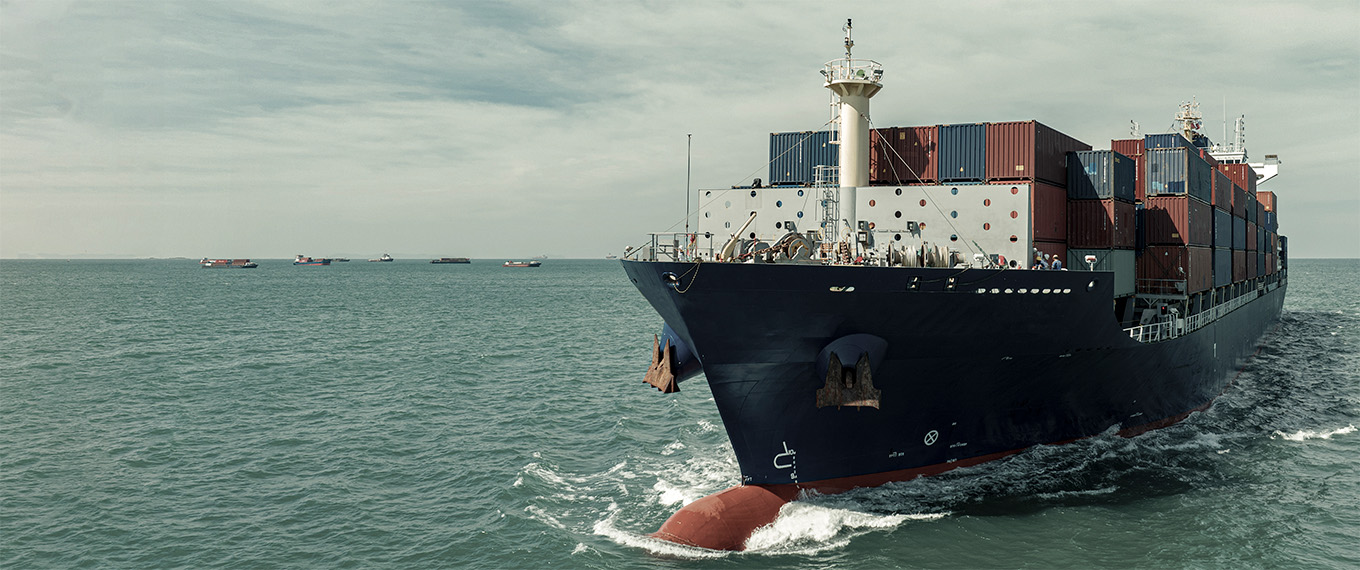Can you give us an insight into the future potential of the Aura system?
IL: As AI technology continues to evolve, the Aura system has the potential to enhance maritime operations. With time, Aura's capabilities will expand, leading
to more sophisticated asset performance management that will inevitably unlock broader industry applications.
The strength of Aura APM lies in its simplicity. As a highly customizable solution, Aura has the ability to integrate seamlessly with other specialized tools
and software, which allows Aura to combine its AI-driven insights with data from various sources, such as ship tracking and route analysis software.
JN: The continued application of AI in maritime operations is unlikely to result in a one-stop-shop solutions that will fully automize vessel operations.
Rather, there will be an operational environment in which individual solutions, with specific software applications, communicate seamlessly with each other.
Aura is positioned well in this landscape, focusing on its core strengths, with the ability to collaborate with other systems.
IL: In the context of data ownership and utilization, the European Union's Data Act is set to transform how data is managed and utilized in the maritime
industry. With ship owners gaining ownership of the data generated by their vessels, there will be a growing demand for systems like Aura that can effectively
collect, analyze, and act on this data. This shift will drive innovation and competition, with Aura being at the forefront of providing integrated,
intelligent data solutions.
Looking further ahead, the development of intelligent systems, such as Aura, will likely contribute to a more consolidated maritime technology landscape. As
more companies strive to engage with more sophisticated data solution, Aura's continuous learning capabilities and focus on actionable insights will be
crucial. The system will not only help in current operations but will also pave the way for advancements, such as autonomous shipping, by providing a robust
foundation of data-driven decision-making.

